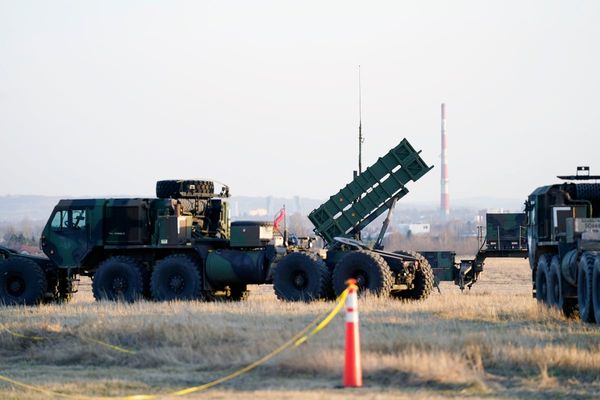
The area around JR Okachimachi Station in Tokyo's Taito Ward is considered part of the shitamachi traditional commercial and residential districts, but it is also known as the "capital of jewels" because it is home to many wholesalers of gems and precious metals.
Stepping out of the station, visitors see signboards that say things like "super-cheap diamonds." Walking along the Diamond Avenue and the Sango Street, visitors from Japan and abroad can be seen looking at showcases.
Okachimachi is located near Ueno and Asakusa, two of the most popular tourist spots in Japan. Its name dates back to the Edo period (1603-1867) when the area was home to tenement houses for a low-ranking samurai class called kachigumi.

It is said that craftsmen who made Buddhist altar fittings and silverware for nearby temples -- such as Kaneiji in Ueno and Sensoji in Asakusa -- gathered in Okachimachi from the Edo period. There were also artisans who made kanzashi ornamental hairpins and obidome sash clips for prostitutes in the nearby Yoshiwara red-light district.
'Backyard' for Ueno, Asakusa

"A black market was established in Ueno after the end of World War II, so jewelry, watches and other luxury items became available there," said Yu Tanaka, 45, the head of Jewelry Town Okachimachi, a group of local jewelry businesses. "That was also a turning point for Okachimachi."
Increased trading in precious metals and luxury goods also created a demand for repair work and the sale of parts. People with these skills gathered in what had been a town for artisans during the Edo period.
The jewelry trade expanded during the period of high economic growth from the mid-1950s to early 1970s. In particular, many people bought jewelry on the Ameyoko street, which runs between Okachimachi and Ueno stations. The change prompted wholesalers that supplied goods to the Ameyoko street to set up their bases in Okachimachi.
During the bubble economy from the late 1980s to the early 1990s, wholesalers sent products from Okachimachi to retailers around the country.
Now stretching about 400 meters long from north to south and 200 meters wide from east to west, the wholesale district houses many kinds of "jewelry professionals" -- not just wholesalers but also appraisers and renovation specialists.
According to Tanaka, when buyers from India, China and other countries visit Okachimachi, they are usually surprised to find all kinds of businesses related to jewelry.
Okachimachi has long acted as a "backyard" for Ueno and Asakusa, but today it has become the largest jewelry wholesale district in Japan. "Now that a jewelry wholesale district has been established here, I believe Okachimachi has at long last become 'independent,'" Tanaka said.
Doors open wider
"No general customers accepted." Many wholesalers around Okachimachi Station display posters with this statement, which means they only deal with jewelry businesses.
However, since the collapse of the economic bubble, the domestic market had plunged to about one-third its size to stand at about 950 billion yen in 2018, according to Yano Research Institute Ltd. This fact has prompted jewelry professionals in Okachimachi to be on alert for the industry's survival.
In a tactic to attract more people to the area, Jewelry Town Okachimachi has created a map of its member stores and distributes it to visitors. On Dec. 7 and 8 last year, the first Jewelry Festa event was held at a square near the station. About 5,000 people participated, including families, and were able to enjoy making bracelets using natural stones, among other attractions.
The number of member stores selling products to the general public increased to about 40 in 2018 from 14 the previous year, indicating that the area has been opening its doors wider.
Hokuo Sangyo Co., a wholesaler of accessory parts based in Minato Ward, Tokyo, started accepting general customers two or three years ago at its Okachimachi outlet.
According to shop manager Yuko Hamatani, 44, an increasing number of customers purchase parts to make their own accessories, which they then sell via flea market apps. "I believe there are many people who don't know that shops at Okachimachi also sell retail," Hamatani said. "We should promote this fact more."
Taito Ward is also home to the Kappabashi Dogu Street, an area that has become popular among foreign tourists for its array of shops that specialize in cooking utensils and other food-related items.
"We will continue to hold events aimed at general customers," Tanaka said. "By learning lessons from Kappabashi, we will make [Okachimachi] a place to be visited by a wide range of people."
Read more from The Japan News at https://japannews.yomiuri.co.jp/







